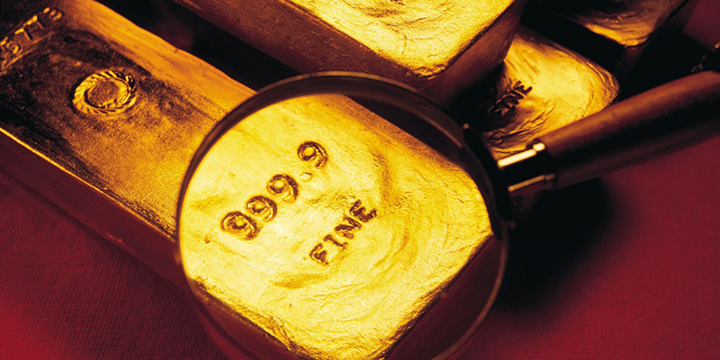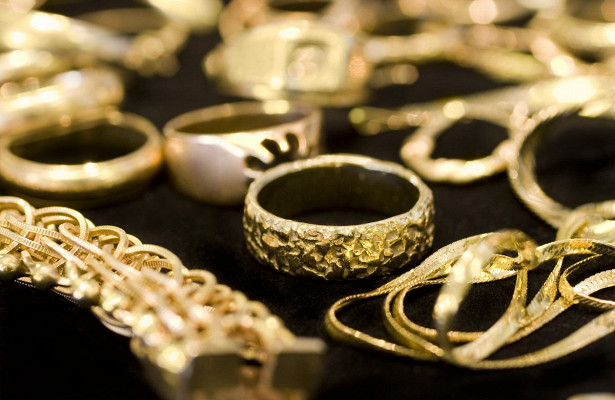 |
|
||||||
|
 |
|
|
|
 |
|
|||||||||||
| Location: Home Page > Services | |||||||||||
Choosing Jewelry Accessories: Deciphering the Code of Metal PurityWhen you admire the glint of precious metal jewelry, have you ever noticed those tiny marks on the ring's rim or the clasp of a necklace? Often dismissed as insignificant, these symbols are far from ornamental. In reality, these marks play a crucial role, indicating the authenticity, purity, and even the potential cost of the accessory. In yantar.ua articles, we unravel the mystery behind these marks and guide you on how to decode the language of metal purity.
What is a Sample?Derived from the concept of "rgobo," meaning to evaluate and determine, the term "sample" denotes the assessment of precious metal purity. Expressed in parts per thousand (‰), this evaluation is crucial in understanding the quality of the metal used. Certification by state authorities, such as Ukraine's Trial Chamber, is mandatory for jewelers before they can imprint these small labels, usually ranging from 0.5 to 1 mm, even on the finest chains and earring locks. It's essential to note that samples like 999 and above, representing minimal impurities in a kilogram of metal, are typical for bank ingots. Accessories often use alloys with impurities, like copper, to enhance strength, wear resistance, and appearance. These are termed ligature alloys. The Evolution of Samples in JewelryIn bygone eras, jewelry lacked such samples, relying solely on the integrity of the craftsman. This led to instances where inexpensive and less durable metals were passed off as valuable materials. Recognizing the need for standardization, the state began implementing measures to regulate the quality of accessories. The first decree addressing this issue dates back to 1649, prohibiting the purchase of coins for melting and mixing cheaper metals with precious ones. Over time, a comprehensive code of laws emerged, standardizing the metals used in jewelry. Peter, I took significant steps in addressing this concern, establishing a screening service. Today, this service, in a modified form, falls under the Ministry of Finance.
Understanding the Types of TestsWhile most countries use the metric system, exceptions like the carat system exist. In Great Britain, for instance, purity is measured in carats, with 24 carats indicating higher purity. The number on the label in Ukraine expresses the weight of precious metal in grams per kilogram of the product. Various samples are accepted in Ukraine and Russia, ranging from 375 (inexpensive gold alloy) to 958 (a higher-grade gold and silver alloy). Each number signifies a specific ratio of gold or silver in the alloy.
Methods of Determining the SampleFor those purchasing jewelry in person, ancient methods from Egypt, Babylon, Greece, and Rome can still be applied. Touchstones, consisting of evenly distributed particles of flint or siliceous shale, were used. By drawing the object along the stone and comparing the marks, the purity of the metal could be determined. Modern methods may include additional tests using solutions like potassium dichromate and silver nitrate. Understanding these marks not only enhances your appreciation for craftsmanship but also ensures you make informed choices when investing in precious metal accessories. |
|
||||||||||
| Location: Home Page > Services | |||||||||||
|
Copyright ©
Systems Union Holdings Ltd. All Rights Reserved Worldwide.
Terms & Conditions | Low Graphics Version | RSS News Feed | Glossary Content Management Software by REDtechnology.com Products & Solutions | Education | Brochures & Demos | News | Events | Services | About Us Subcategories in this category: Professional Services |
|||||||||||








